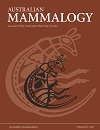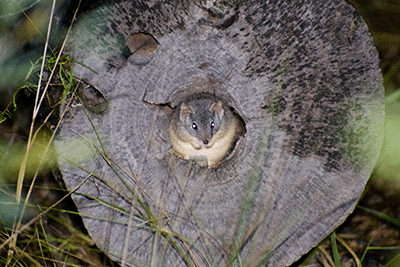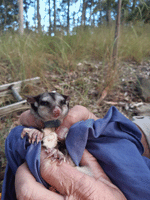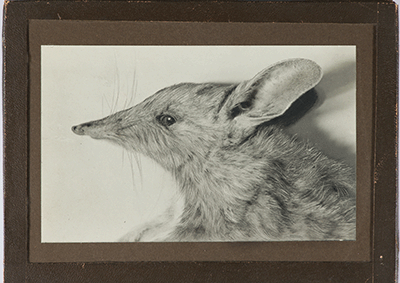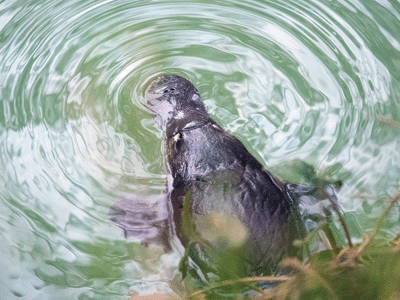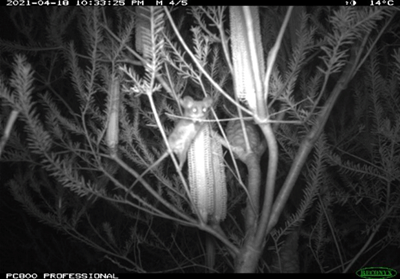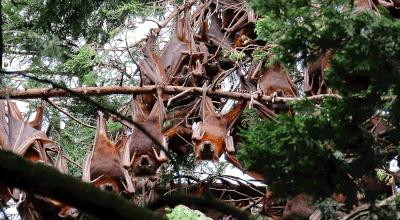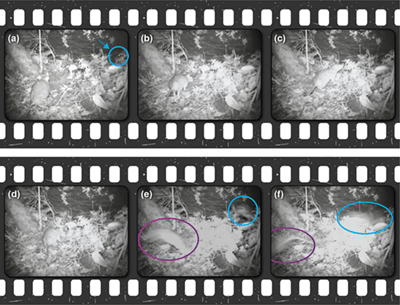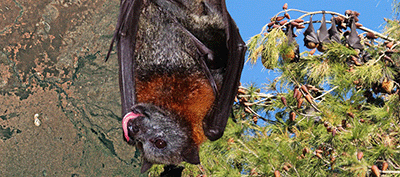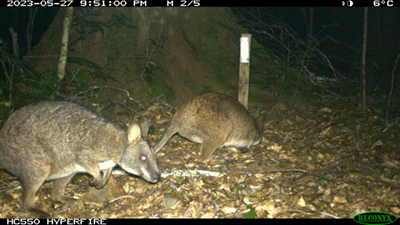Fungal consumers play an important role in maintaining ecosystem health by dispersing mycorrhizal fungi, which forms symbiotic relationships with plants. Fungal dispersal is poorly understood within the Dasyuridae, with only 7 of the 61 Australian species identified as fungal consumers. This study provides the first evidence of fungal consumption by swamp antechinus (A. minimus) and mainland dusky antechinus (A. mimetes), and it is likely that there are many other dasyurids which disperse fungi. Photograph by Conor Nest.
AM25001 Abstract | AM25001 Full Text | AM25001PDF (791 KB) Open Access Article


